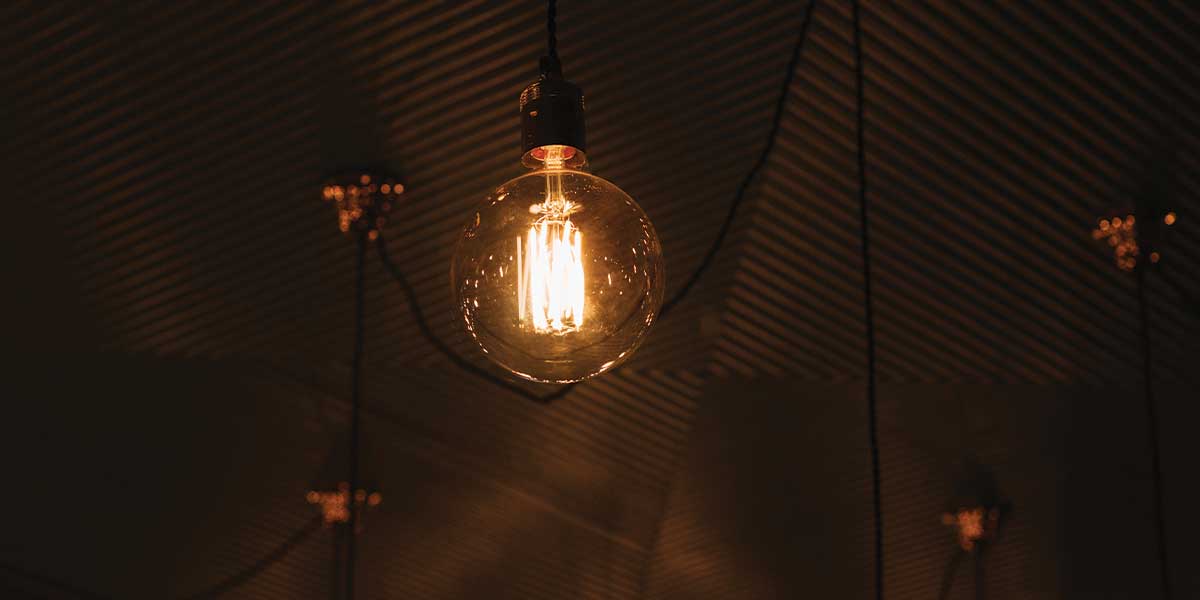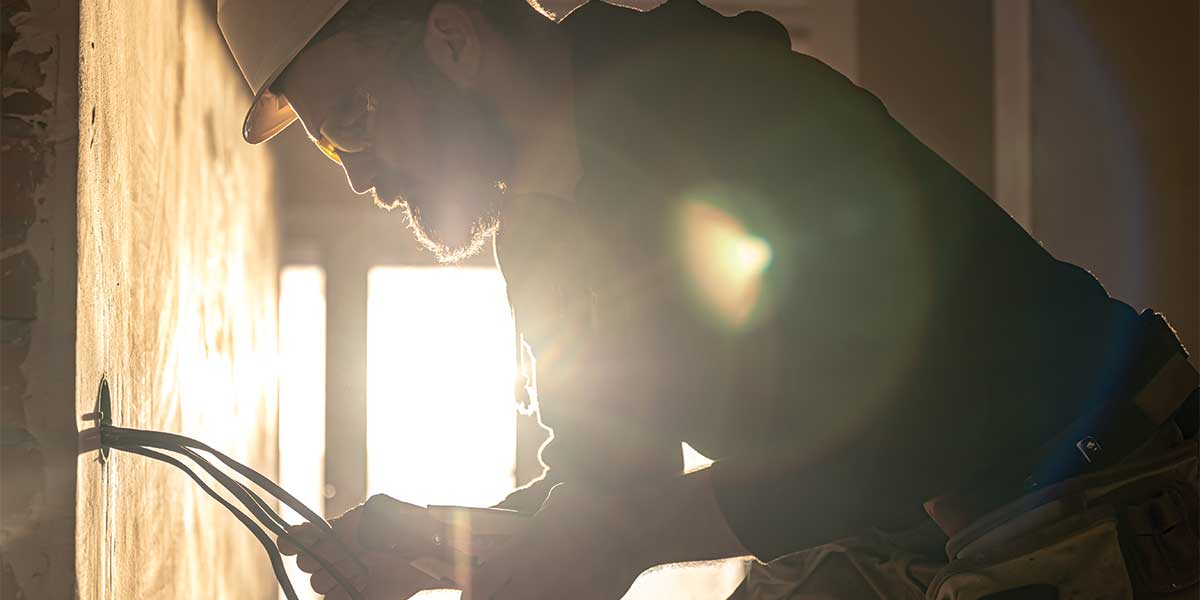Whether you are dealing with an old house or an aging commercial property, electrical systems in older buildings often bring challenges that modern owners and tenants can’t ignore. At Expert Electric, we know that upgrading or replacing outdated electrical systems is not just about convenience, it’s about safety, compliance, and ensuring your property can keep up with today’s energy demands.
From outdated wiring and obsolete breakers to faulty outlets and insufficient loads, there are numerous electrical issues that can compromise the safety and functionality of older structures. In this guide, we’ll dive deep into the most common electrical problems in older buildings, why they matter, and how professional electricians can help.
Why Electrical Problems in Older Buildings Matter
Many older buildings were constructed decades ago when energy needs were minimal. Homes didn’t rely on a dozen high-powered appliances, and offices weren’t filled with computers, servers, and climate-control systems. Fast-forward to today, and these older systems often struggle to handle the demands of modern life.
Ignoring these issues isn’t just inconvenient, it can be dangerous. Electrical fires, shocks, and frequent outages are just a few risks tied to outdated electrical systems. That’s why regular inspections and timely upgrades are essential.
Common Electrical Issues in Older Buildings
1. Outdated Wiring
One of the most widespread issues in older buildings is outdated wiring. Common wiring methods like knob-and-tube or aluminum wiring were once standard but are now considered unsafe. Over time, wires deteriorate due to heat, corrosion, and environmental factors, leading to:
-
Power surges
-
Electrical shorts
-
Increased fire hazards
Even if old wiring still works, it may not meet modern safety codes. Replacing it ensures both compliance and safety.
2. Insufficient Electrical Capacity
When many older homes and buildings were built, they weren’t designed with today’s electrical loads in mind. Microwaves, HVAC systems, gaming consoles, EV chargers—none of these existed or were common decades ago.
As a result, older panels often max out at 60–100 amps, while modern homes typically require at least 200 amps. Signs of insufficient capacity include:
-
Tripped breakers
-
Overloaded circuits
-
Dimming or flickering lights when appliances are used
An upgrade to your electrical panel can prevent these issues and improve overall efficiency.
3. Faulty or Deteriorating Cables
Cables that once seemed durable may now pose hazards. If the insulation around wires begins to crack or deteriorate, exposed wires can cause shocks or fires.
Warning signs include:
-
Burning smells
-
Warm outlets
-
Scorch marks on plugs or walls
Replacing faulty cables immediately is critical for safety.
4. Obsolete Breakers and Service Panels
Many older buildings still rely on fuse boxes or discontinued breaker panels. These outdated panels are not designed to manage today’s energy demands and may fail to trip when overloaded—posing a serious fire risk.
Modern breaker panels provide:
-
Greater reliability
-
Easier resets after trips
-
Enhanced safety features
If your property still has an original fuse box, it’s time for a complete upgrade.
5. Inadequate Grounding and Bonding
Proper grounding ensures that excess electrical current flows safely into the earth. Many older buildings lack effective grounding, increasing the risk of shocks, equipment damage, and even electrocution.
Bonding issues can also cause voltage fluctuations and electromagnetic interference. Upgrading grounding and bonding protects both people and electrical equipment.
6. Outdated or Dangerous Outlets
In older properties, outlets are often a problem. Common issues include:
-
No ground wire (two-prong outlets instead of three-prong)
-
Loose or faulty connections
-
Cracked or brittle outlet covers
Replacing outlets with modern, grounded versions, including GFCI outlets in kitchens and bathrooms, improves both safety and compliance.
7. Old Light Fixtures
As fixtures age, wiring connections loosen, leading to flickering lights or complete failures. While sometimes a reconnection is enough, many old fixtures should be replaced to meet modern energy and safety standards.

How Expert Electric Can Help
At Expert Electric, we specialize in bringing older buildings up to modern safety and performance standards. Whether it’s a full rewire, a panel upgrade, or replacing outdated outlets and fixtures, our licensed electricians can handle the job safely and efficiently.
We provide services for both residential and commercial properties, ensuring your building can handle modern energy needs while keeping occupants safe.
-
Electrical inspections
-
Complete rewiring
-
Panel and breaker upgrades
-
Outlet replacements
-
Lighting design and installation
-
Grounding and bonding improvements
Safety First: Why Professional Help is Critical
DIY electrical work in older properties is risky. Wiring layouts are often outdated, and without professional knowledge, you may miss hidden hazards. Licensed electricians bring expertise, tools, and training to ensure every upgrade is done safely and in compliance with local codes.
With Expert Electric, you can rest easy knowing your property is protected from electrical hazards while also gaining the reliability of modern systems.
FAQs about Electrical Problems in Older Buildings
1. How do I know if my older building needs rewiring?
Signs include frequent breaker trips, flickering lights, burning smells, or outlets that feel warm. If your building still uses knob-and-tube or aluminum wiring, rewiring is strongly recommended.
2. Are two-prong outlets safe to use?
No. Two-prong outlets lack grounding, making them unsafe for modern electronics. Upgrading to grounded, three-prong or GFCI outlets is essential for safety.
3. How often should electrical inspections be done in older properties?
For older buildings, inspections should be done every 3–5 years, or immediately if you notice unusual electrical issues.
4. Can old breaker panels still be used safely?
Not always. Many discontinued brands (like Federal Pacific or Zinsco) are known fire hazards. Replacing them with modern panels is the safest choice.
5. How much does it cost to upgrade electrical systems in an older home?
Costs vary depending on the size of the property and the extent of the upgrades. Expert Electric offers upfront quotes after inspection to ensure transparency.
Final Thought
Living or working in an older building comes with charm and character but also electrical challenges. Outdated wiring, inadequate grounding, and obsolete panels aren’t just inconveniences; they’re safety hazards. Investing in professional electrical services ensures peace of mind, compliance, and modern comfort.
At Expert Electric, we’re here to help transform your old electrical systems into safe, efficient, and reliable setups for today and tomorrow.
Contact Expert Electric
Don’t wait until small issues become major hazards. Let our team bring your older building up to modern standards.
📞 Call us today at 604-681-8338
📧 Email us at info@expertelectric.ca
Your safety is our priority. Upgrade your electrical systems with Expert Electric, because every building, no matter how old, deserves reliable power.


